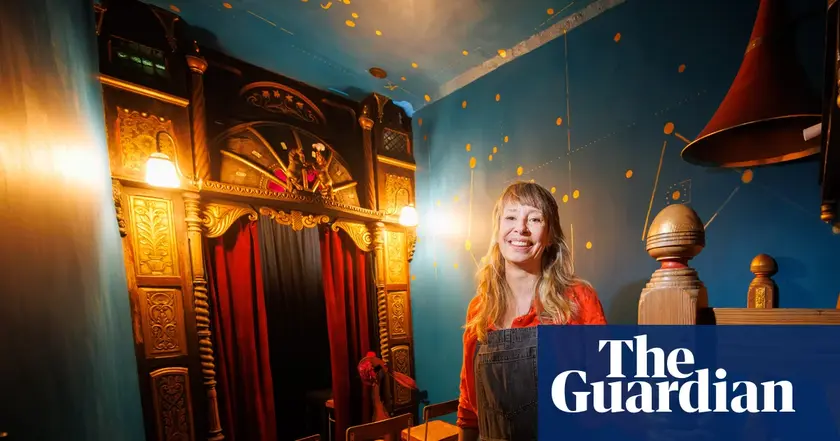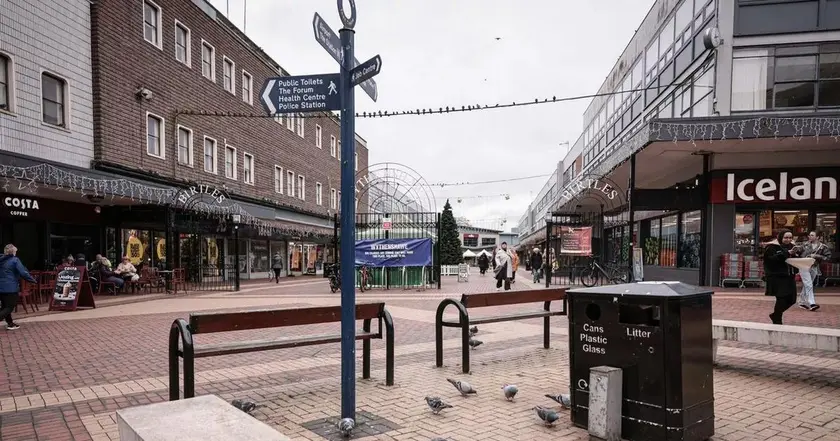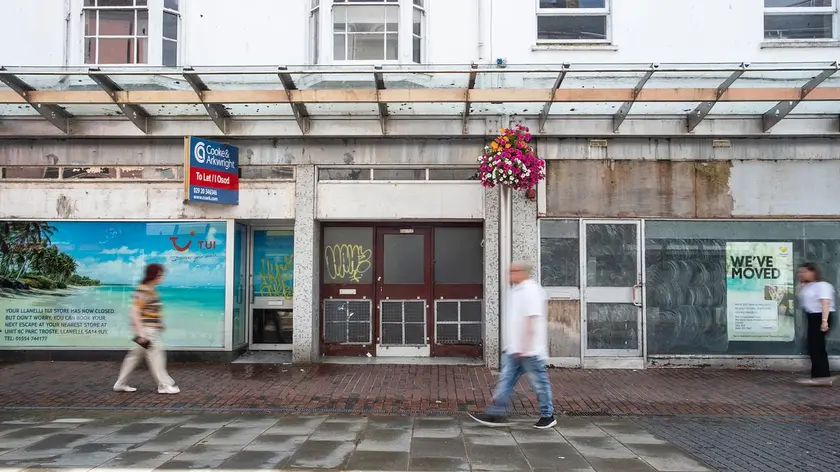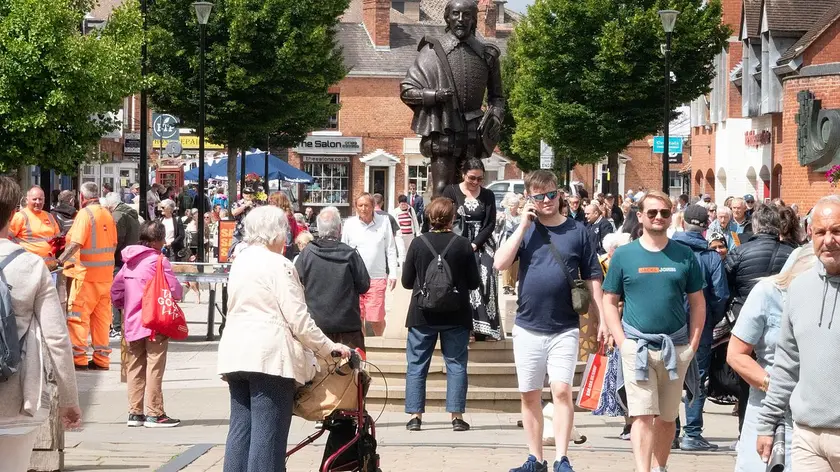T4K3.news
Malvern smallest theatre revived by locals
Residents save the Theatre of Small Convenience in Malvern and plan to reopen in October.

Residents in Malvern rescue a 10 square metre venue that faced demolition and turn it into a community led revival.
Malvern smallest theatre saved by locals
In the Worcestershire town of Malvern, the Theatre of Small Convenience sits on a tiny stage, yet it has a big place in local memory. The venue started in 1997 as a project by Dennis Neale and earned a place in the Guinness World Records in 2002. After a fire in 2017 damaged the roof and walls, locals stepped in to save the space, acquiring the building from the council and raising 17000 pounds to begin repairs. The space now opens this October with Sceptre, an immersive seance themed show, and plans for future events that include a Christmas grotto and even weddings. The project faces ongoing financial hurdles after an Arts Council funding rejection, and organizers say turning the tiny room into a sustainable venue will require imaginative programming and continued community support.
Key Takeaways
"Places like this are so rare now."
Loz Samuels on the rarity of intimate venues
"It is a challenge to find work that fits in here."
Samuels on programming fit for the space
"You can make real sensory experiences because you can control the light."
Samuels on the space's potential
"I feel like the building creates opportunities, you’ve just got to be imaginative."
Samuels on future prospects
The revival of the Theatre of Small Convenience shows how small communities can safeguard cultural heritage when institutions fail to fund micro venues. It also highlights a core tension: the dream of a vibrant, intimate venue versus the hard realities of money, scheduling and audience demand. If more towns follow this path, tiny theatres could become a network of local cultural hubs that offer unique experiences that digital platforms cannot replicate, but only with steady fundraising, diverse programming, and partnerships with funders.
Highlights
- Tiny space, big ambition for local art
- Intimacy on stage beats screens
- Hope grows in small rooms
- A community breathes life into a fragile space
Funding and sustainability risk for tiny theatre
The project relies on ongoing community fundraising and new programming to stay viable after an Arts Council funding rejection. Limited seating and high renovation costs raise concerns about long term financial stability and community support.
Tiny rooms can hold big ideas and stubborn hope.
Enjoyed this? Let your friends know!
Related News

Dolce Vita Express revives luxury rail travel

Summer arts events scheduled across the UK

Rocky Horror sparks global cinema revival

Wythenshawe Civic Centre to get £500m regeneration

Local frustration grows in Llanelli amid economic decline

Brewers 12th straight win triggers burger promo

Pensioner fined at Bristol Airport amid murals and rail upgrades

The Producers sparks bold theatre conversation
